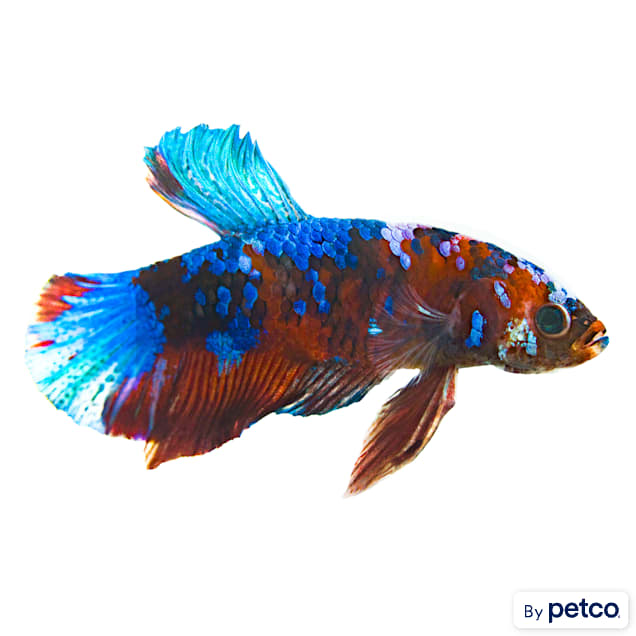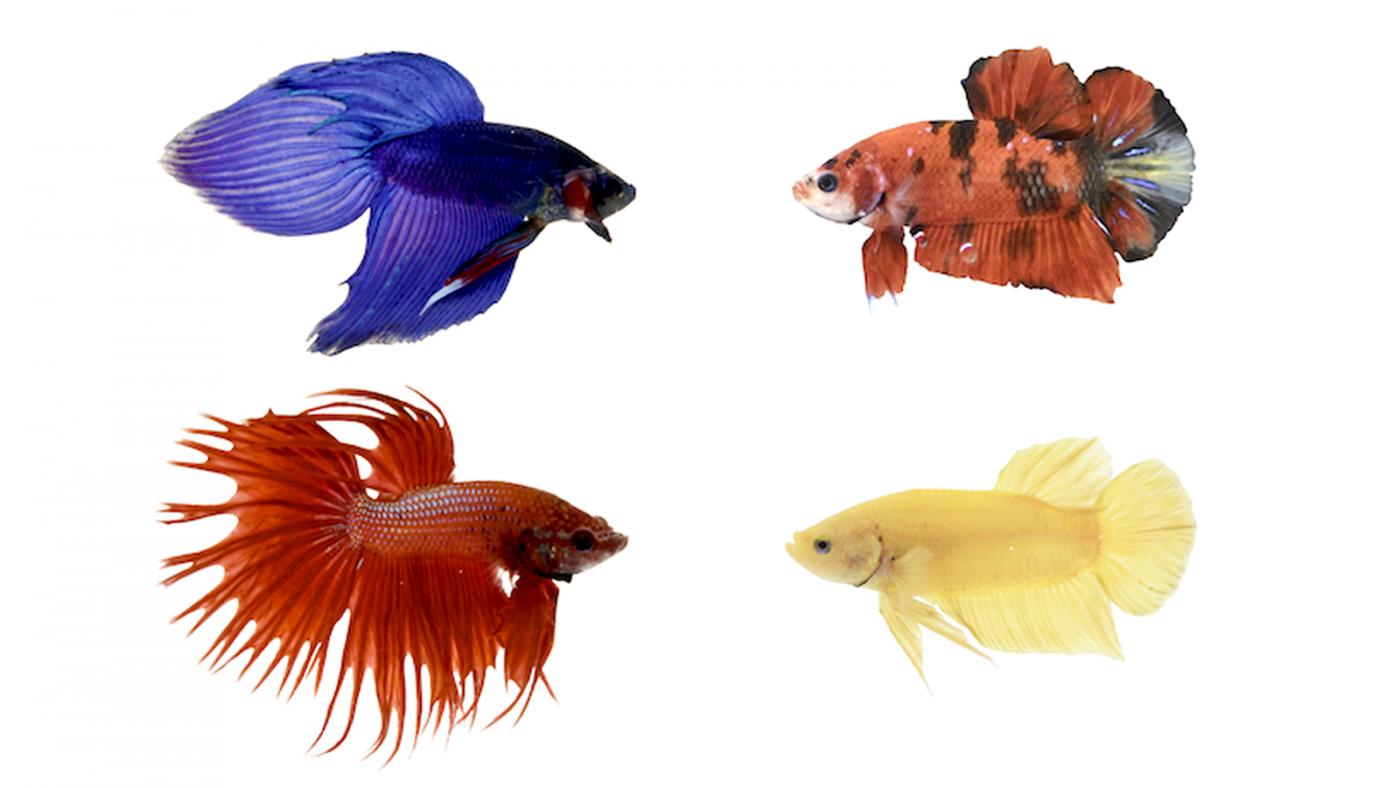Betta Fish Tank Setup: A Step-by-Step Overview for Beginners
Exactly How to Breed Betta Fish Effectively: Expert Methods and Insights for Hobbyists Wanting To Broaden Their Betta Collection
Breeding Betta fish needs a nuanced understanding of genetics and ecological conditions, making it crucial for hobbyists to come close to the process with both persistance and care. Producing an optimum breeding setting, selecting the appropriate pairs, and observing the details of their courtship habits are fundamental steps that can dramatically affect the end result. The subsequent treatment of the fry is crucial for guaranteeing their healthy and balanced development. As we check out these key elements, it comes to be clear that successful reproduction is not almost the first pairing but includes a more comprehensive technique that qualities careful factor to consider.
Comprehending Betta Fish Genes
Understanding the genes of Betta fish is vital for successful breeding, as it affects characteristics such as color, fin form, and actions. Betta fish display a varied range of shades and patterns, mostly figured out by their genetic makeup.
In enhancement to pigmentation, fin morphology is another significant element of Betta genetics (betta fish). The sizes and shape of fins are influenced by various genetics, including those that determine whether the fins are brief, long, or veil-shaped. Comprehending these genetic variations aids breeders predict the phenotypic end results of their children
Furthermore, behavioral attributes such as aggression and territoriality can additionally be influenced by genetics. These actions play an important role in the reproducing process, as they can influence spawning success and the total character of the resulting fry. By comprehensively recognizing these hereditary principles, dog breeders can make educated choices, eventually enhancing their reproduction programs and achieving desirable outcomes.
Preparing the Breeding Setting
Producing an optimum breeding setting is important for the effective reproduction of Betta fish. The initial step in preparing this atmosphere is to select a proper reproduction storage tank, preferably varying from 5 to 10 gallons. This dimension permits adequate swimming room and the facility of regions. The tank should be furnished with a heating system to maintain a stable temperature in between 78 ° F and 80 ° F, which is vital for urging spawning habits.
Following, consider the use of a sponge filter or an air rock to provide gentle water flow without producing solid currents that can stress the fish. It is important to set up plants or reproducing cones to supply concealing places and promote comfort for the female during the spawning process. Floating plants, such as Java moss or water sprite, can likewise produce a much more native environment while helping with bubble nest building by the male.
Before introducing the breeding pairs, guarantee the water is conditioned and complimentary from unsafe chemicals, such as chlorine or hefty steels. betta fish. Routine water modifications ought to be carried out to preserve ideal water high quality, enhancing the chances of successful reproduction. With these prep work in area, the reproducing atmosphere will certainly sustain the health and well-being of both Betta fish
Selecting Reproduction Pairs
Picking the right breeding pairs is essential for attaining effective Betta fish recreation. Healthy and balanced Betta fish exhibit vivid shades, clear eyes, and active habits.
Temperament is an additional essential factor to consider, as Betta fish are known for their hostile nature. It is suggested to select a male and female that display suitable characters to decrease stress throughout the reproducing procedure. A calm male can motivate a smoother courtship, while a lady that is also aggressive might interfere with the procedure.
Genetic background additionally plays a considerable role in the top quality of the spawn. Breeding fish that are genetically varied can minimize the danger of hereditary health and wellness problems and improve the general vigor of the fry. It is advantageous to research the lineage of both the male and female, concentrating on desirable traits such as fin kind, color scheme, and dimension.
The Reproduction Refine
The breeding process of link Betta fish needs mindful preparation and attention to information to guarantee a successful end result. Initially, it is vital to prepare an ideal breeding container, preferably a 5-10 gallon fish tank with a temperature preserved at 78-80 ° F. The storage tank should be equipped with a heating unit, filter (ideally sponge type to stay clear of solid currents), and a lot of aquatic plants for the woman to hide.
Once the environment is established, present the selected reproducing set to the container, enabling them to adjust. Observe their behavior; the male will display elaborate courtship rituals, including flaring his fins and constructing a bubble nest. If the woman shows interest, she will certainly present upright stripes suggesting preparedness for spawning.
When the lady is receptive, the pair will involve in a mating embrace, during which the male fertilizes the eggs. It is critical to monitor their communications very closely, as the man might end up being hostile. After spawning, get rid of the woman to avoid possible damage. The male will certainly often tend to the eggs, which usually hatch out within 24-36 hours. Preserving optimal water problems throughout this duration is important for the growth of healthy and balanced Betta fry.
Caring for Betta Fry

Feeding Betta fry is vital, as they call for a diet high in healthy protein. They can be fed infusoria or here are the findings liquid fry food, transitioning to carefully smashed high-quality pellets as they grow. Feed small sections several times a day to urge healthy development without overwhelming the container with leftover food.

As they develop, check their development very closely and divide any type of hostile individuals to stop injury. By offering a nurturing environment and correct nourishment, hobbyists can effectively elevate Betta fry right into lively, healthy fish, ultimately enhancing their reproduction undertakings.
Conclusion
Effective Betta fish breeding calls for careful focus to hereditary selection, environmental conditions, and look after the fry. By comprehending the genetics of Betta fish and preparing a suitable reproduction atmosphere, enthusiasts can improve the chances of creating lively, healthy and balanced spawn. Choosing compatible breeding sets and closely keeping track of the courtship and generating processes are important. Ultimately, supplying ideal take care of the fry ensures their healthy and balanced advancement, adding to a growing Betta collection.